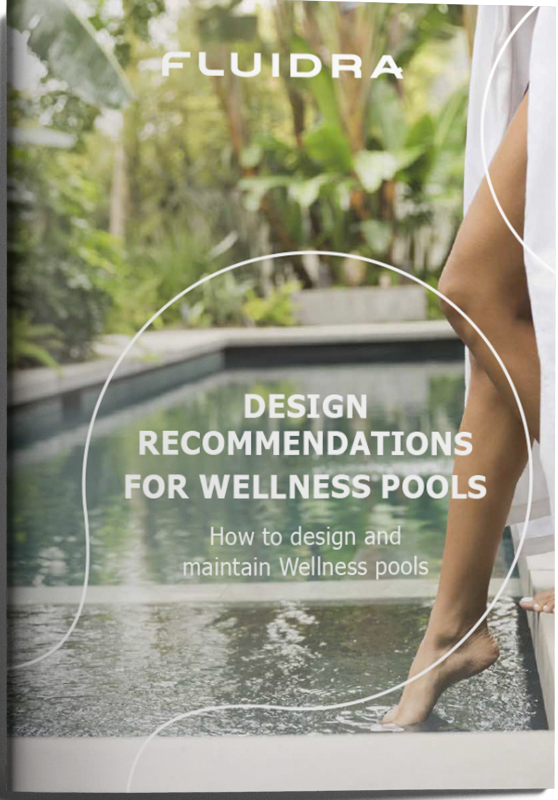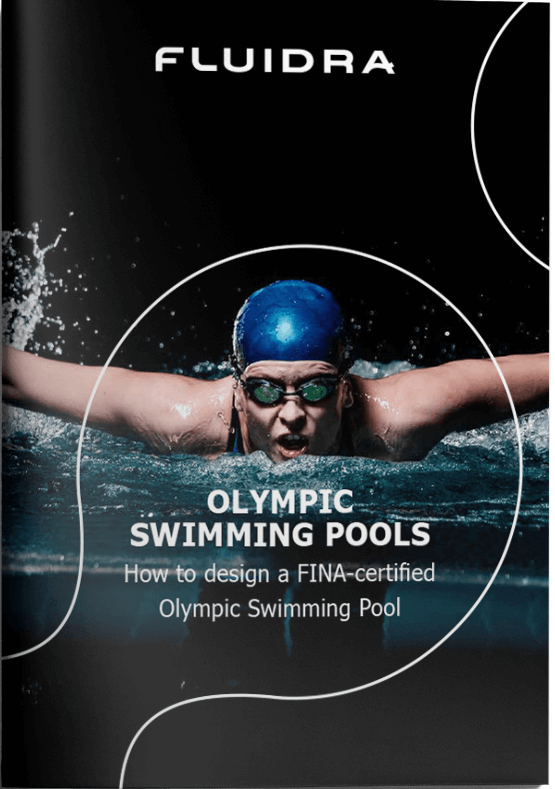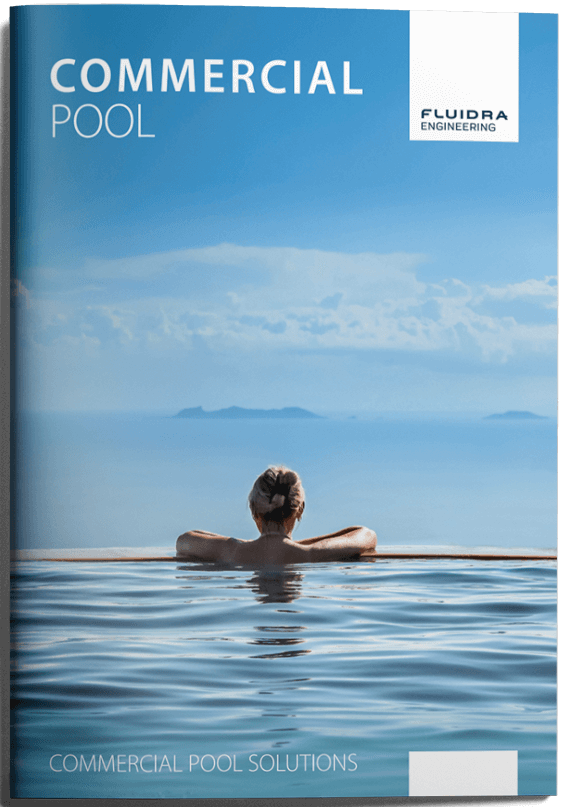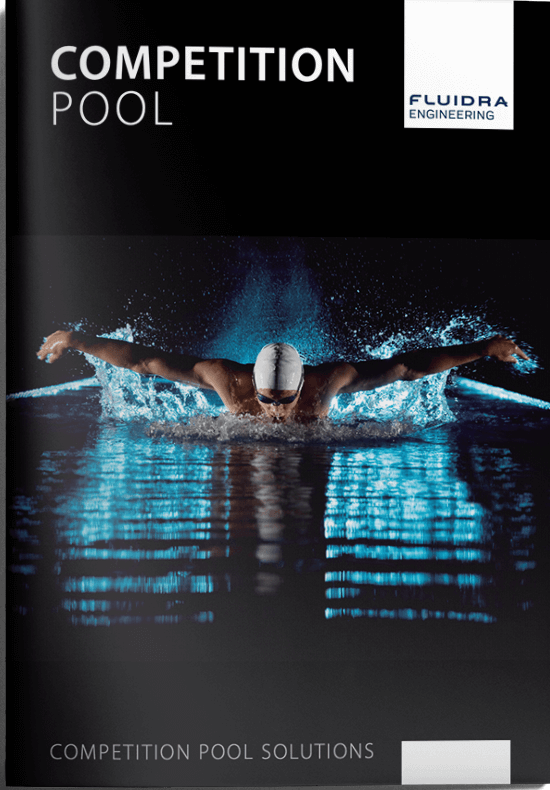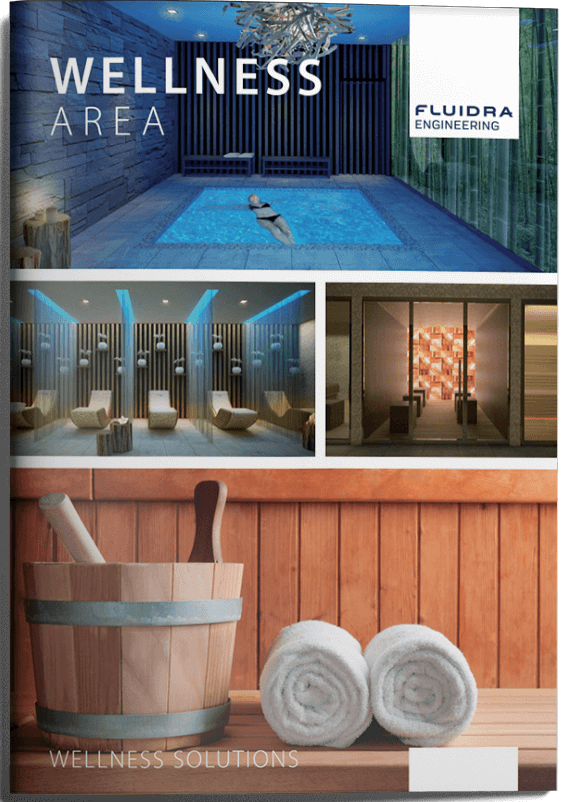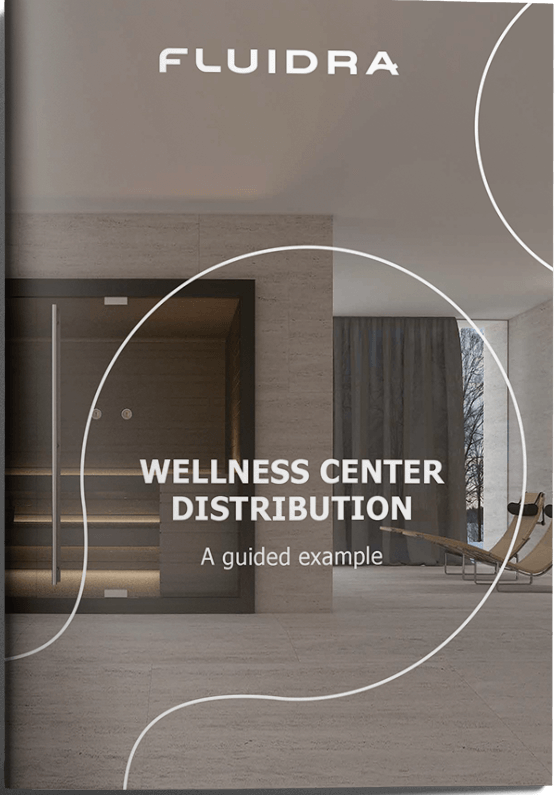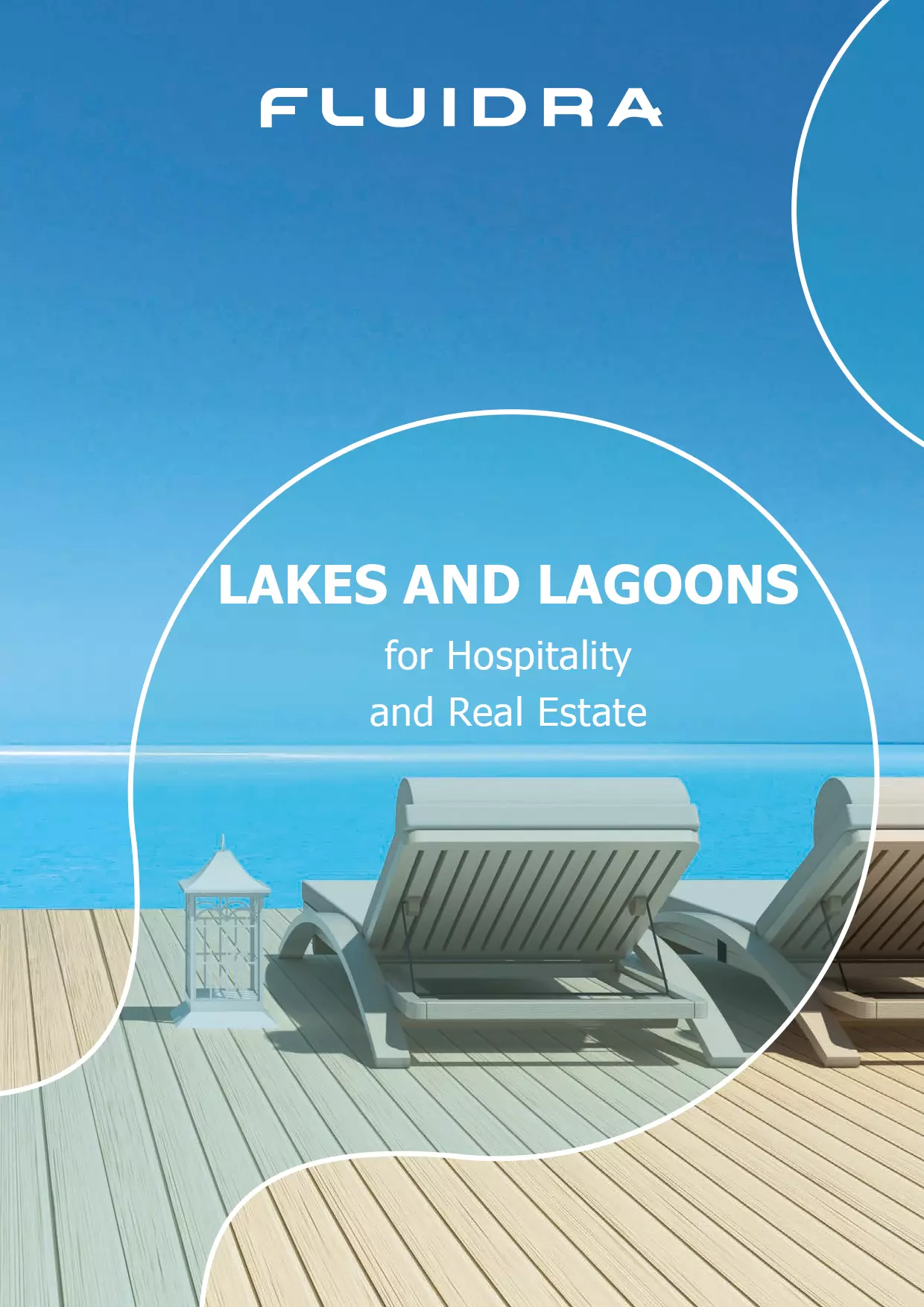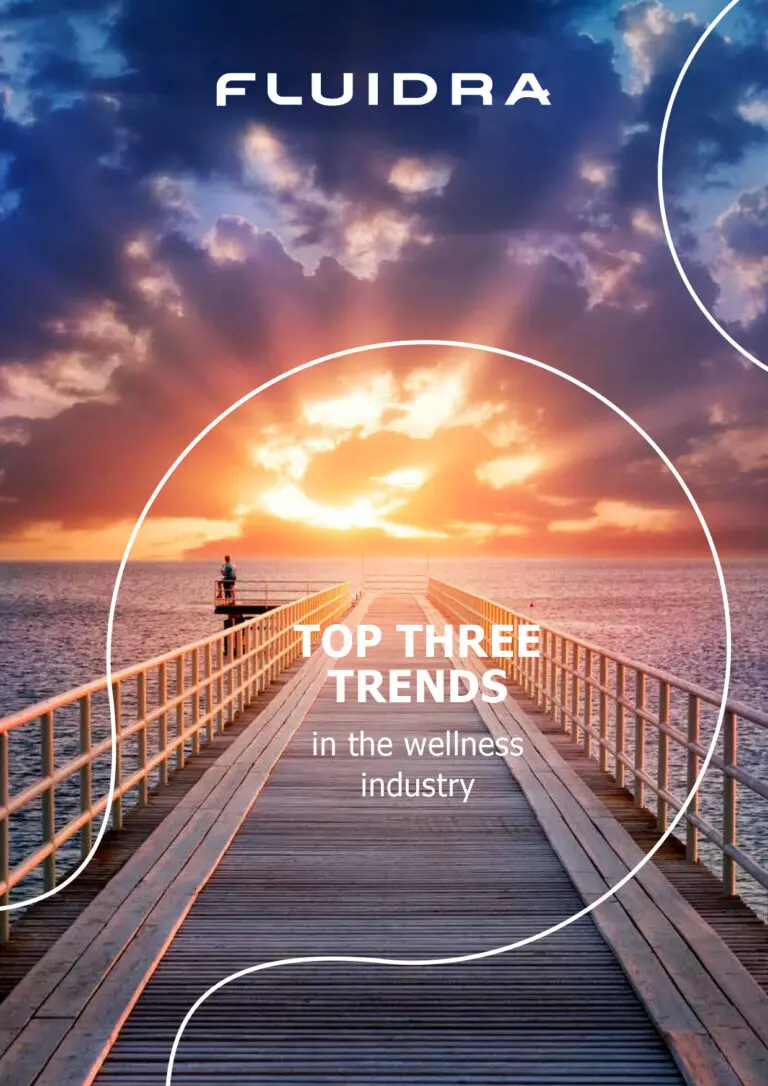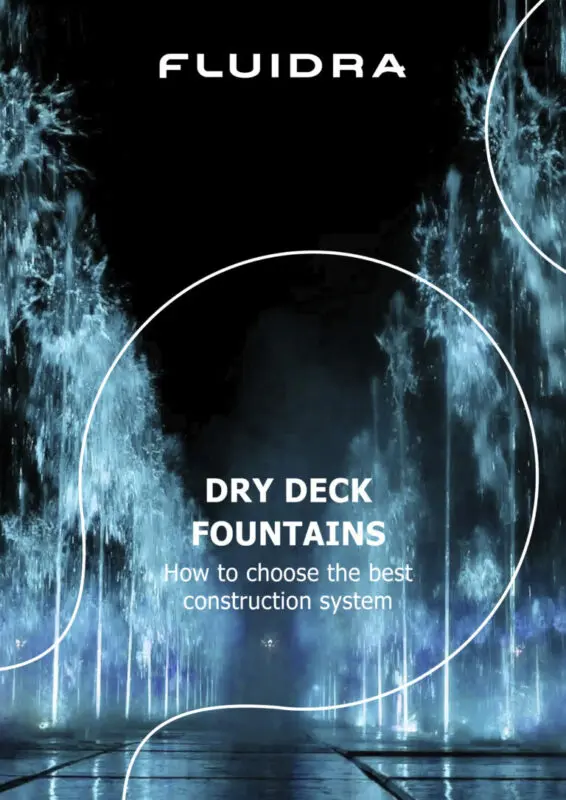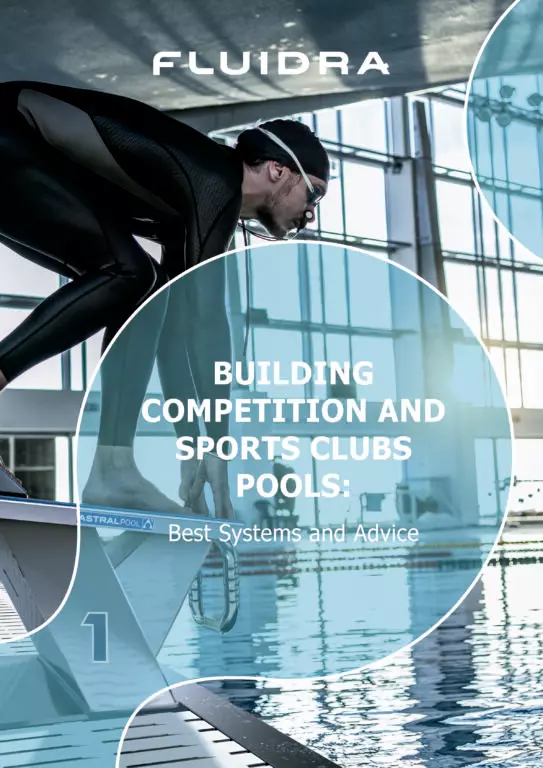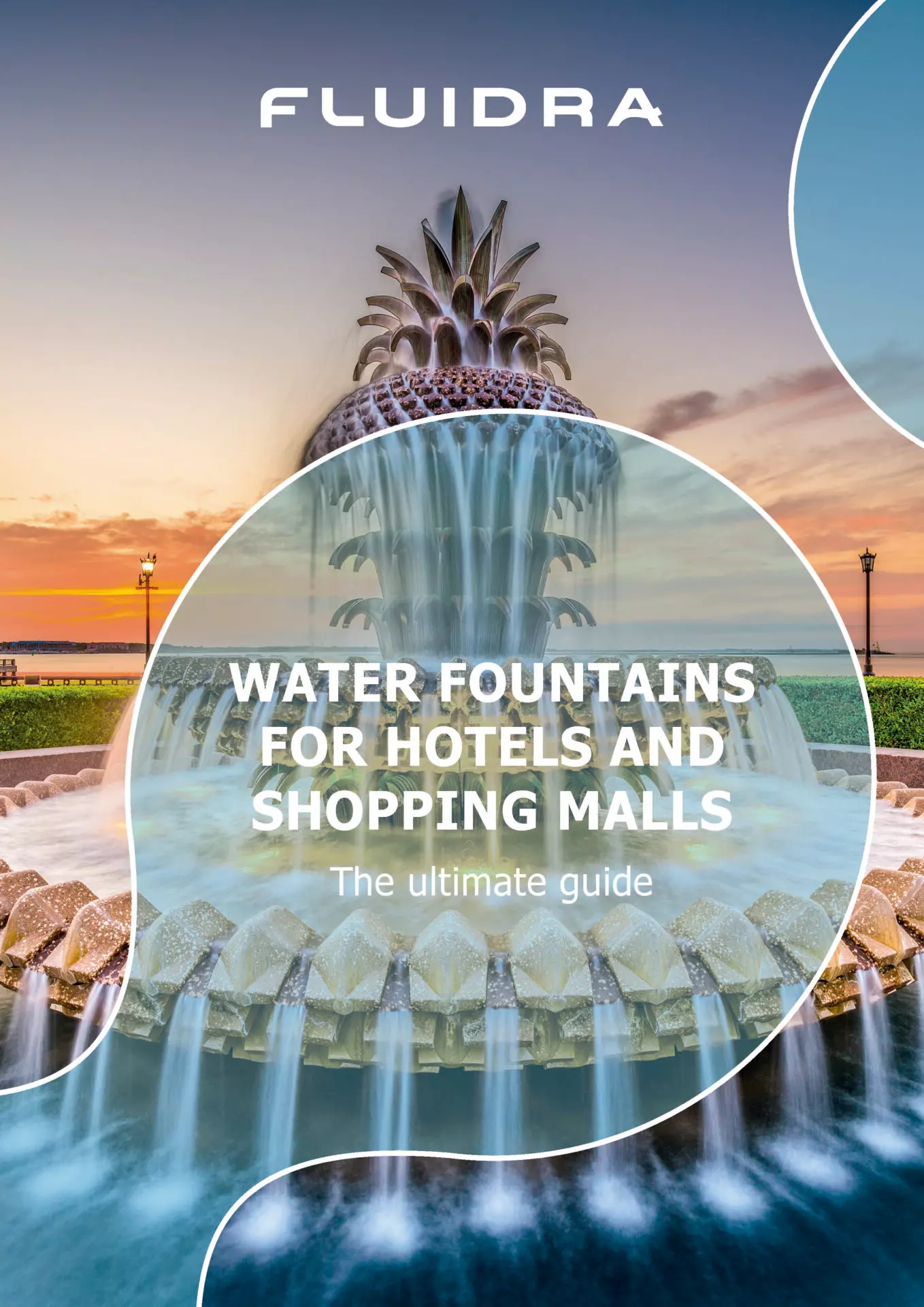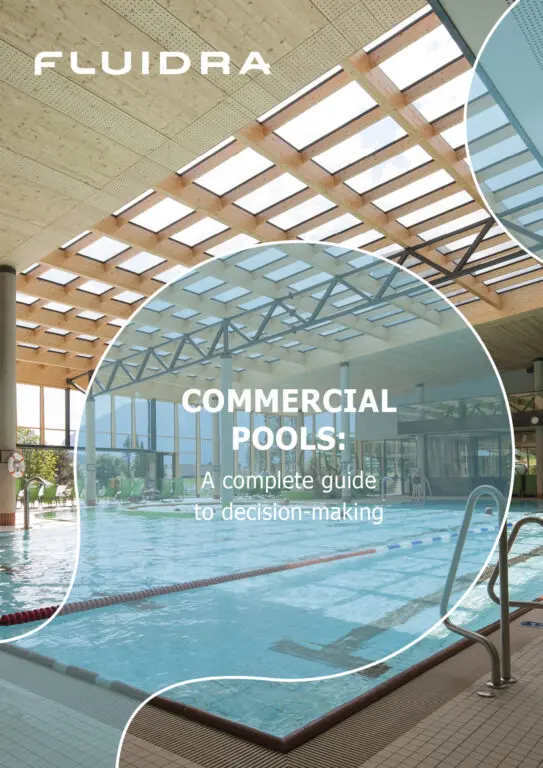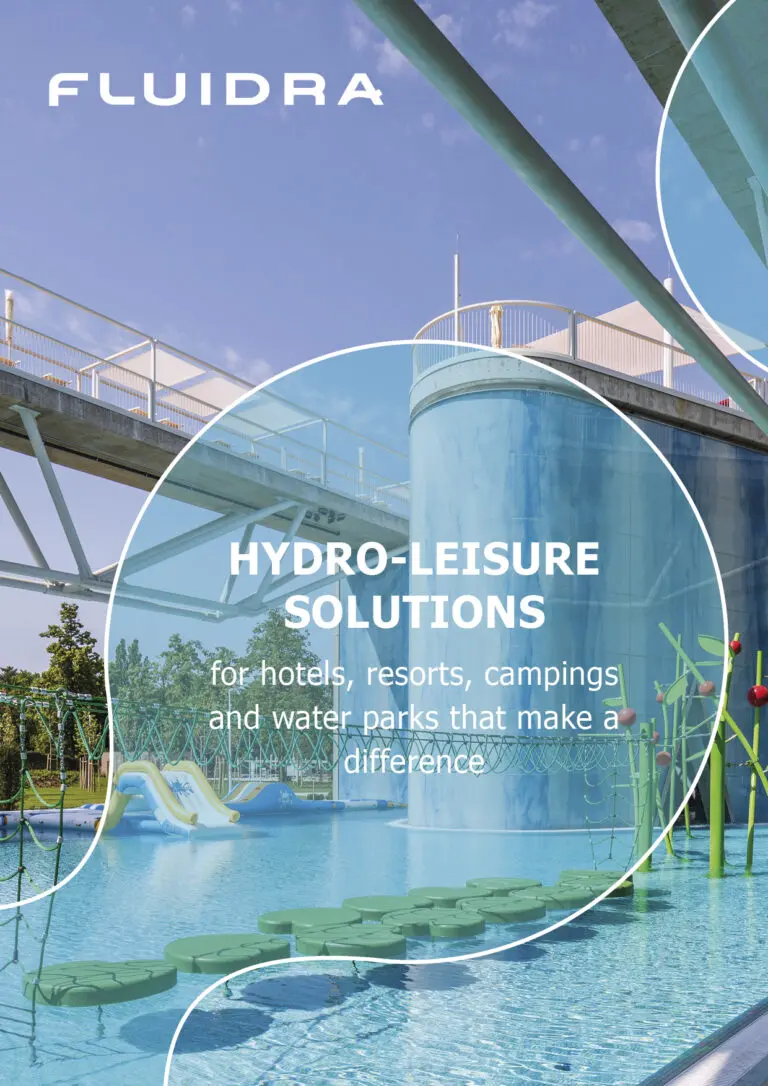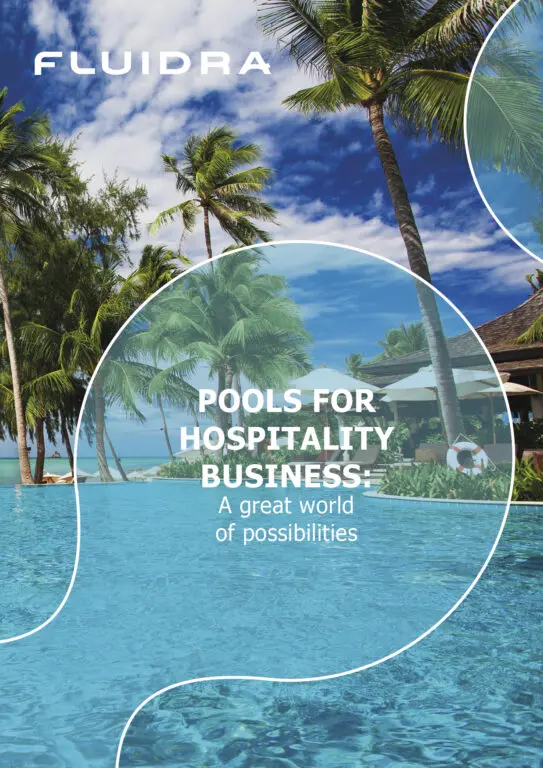Fluidra offers complete 360º solutions by working hand in hand with our clients. We have a team of experts with extensive experience in the conception and design of aquatic projects to imagine your project together with you right from the start.
We propose a step-by-step approach that includes consulting, engineering and design, all in compliance with international standards and on time.
From the first meetings with the client, Fluidra offers advice, carrying out preliminary feasibility studies, general space distribution and user circuit definition.
Based on RIBA 2 and ACE standards, at the Concept Design stage we put forward unique, innovative ideas in line with the technical and financial framework set out in the project brief.
At the Spatial Coordination stage according to RIBA 3 standards or the Design Development stage in the case of ACE standards, we add aquatic solutions and technologies to the design by defining the requirements for the technical rooms and providing the information needed to draw up an estimate for the project.
At the Technical Design stage according to RIBA 4 standards or the Detailed Design stage in the case of ACE standards, Fluidra joins the customer’s design team to develop every aspect of the aquatic solution, which includes units, systems and accessories, as well as managing any work in other environments. In this phase, the solution is modeled and the entire aquatic project is documented, including the location of all equipment and elements, construction details, floor and section plans, as well as detailed lists of materials and the PIM (Project Information Model).
Throughout the design process, our experts work with some of the most advanced design tools and technologies such as CFD (Computational Fluid Dynamics), Fluidra Live Virtual Reality (VR), and BIM (Building Information Modeling).
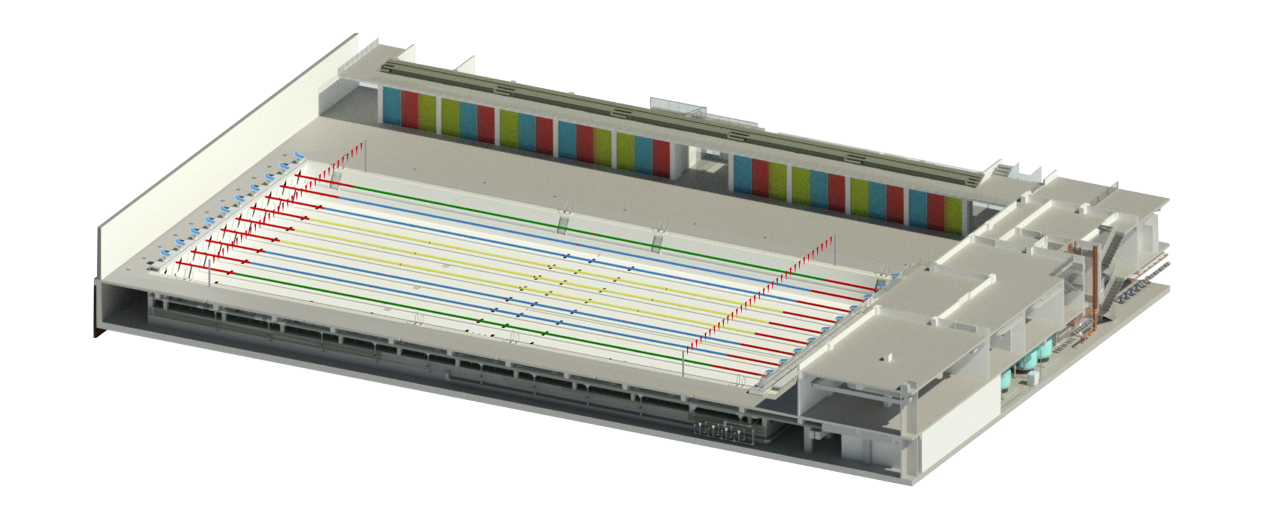
Fluidra’s team includes designers, engineers and architects who design the project in a BIM environment, using state-of-the-art technology. The end result is a 3D model of the finished installation.
Click here to download our BIM objects
 Allows investment decisions to be made by comparing the functionality, scope and cost of the solutions.
Allows investment decisions to be made by comparing the functionality, scope and cost of the solutions. Allows the comparative analysis of energy and environmental requirements in order to choose design solutions.
Allows the comparative analysis of energy and environmental requirements in order to choose design solutions. Facilitates collaborative development between different design and construction teams.
Facilitates collaborative development between different design and construction teams. Improves quality assurance and data sharing to streamline the design process
Improves quality assurance and data sharing to streamline the design process All the parties involved are aware of the installation data, from the design phase to its demolition, including its construction, use and maintenance.
All the parties involved are aware of the installation data, from the design phase to its demolition, including its construction, use and maintenance.CFD (Computational Fluid Dynamics) is a methodology based on numerical computational models. It simulates the behavior of fluids and makes it possible to predict the evolution of the physical-chemical characteristics of water over time, such as speed, temperature, turbulence and other variables.
This simulation of the water dynamics in swimming pools ensures an optimal distribution of disinfectant products, avoiding stagnant water areas and with the corresponding savings in maintenance products. It also allows the study of the water recirculation system over time, making it possible to check its efficiency before it is installed.
 Ensures optimal distribution of disinfectants
Ensures optimal distribution of disinfectants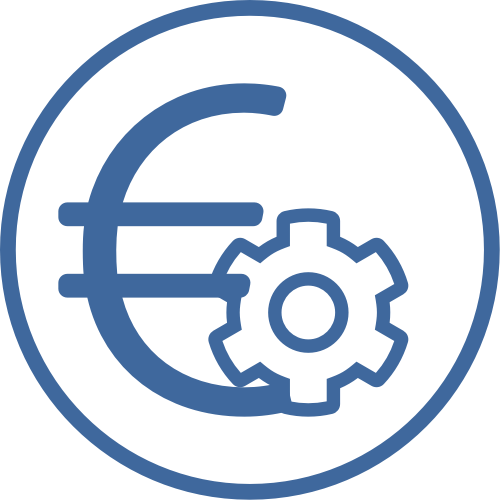 Saves on water maintenance costs
Saves on water maintenance costs Enhances user experience
Enhances user experience Controls water currents
Controls water currents Makes water more sustainable
Makes water more sustainable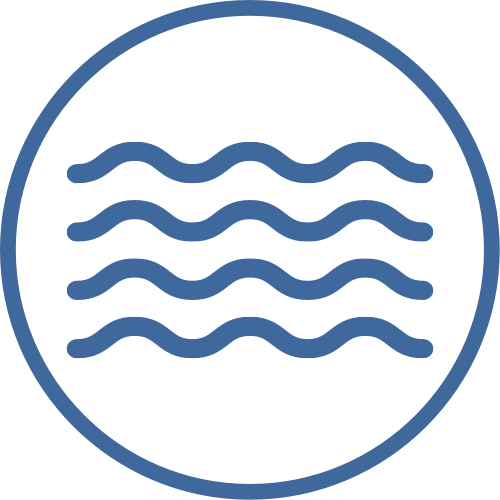 Prevents water stagnation
Prevents water stagnationFluidra Live Virtual Reality is implemented once the final design is completed and before the construction phase begins. It consists of an immersive experience in which we move through the aquatic installation of the project recreated from rendered images and 3D designs.
 Design integration check
Design integration check  Evaluation of all the space options and configurations
Evaluation of all the space options and configurations Preventing mistakes in the construction phase
Preventing mistakes in the construction phase A clear budget with no subsequent surprises
A clear budget with no subsequent surprises Checking the accessibility of the facility ahead of implementation
Checking the accessibility of the facility ahead of implementation Immersive experience
Immersive experience